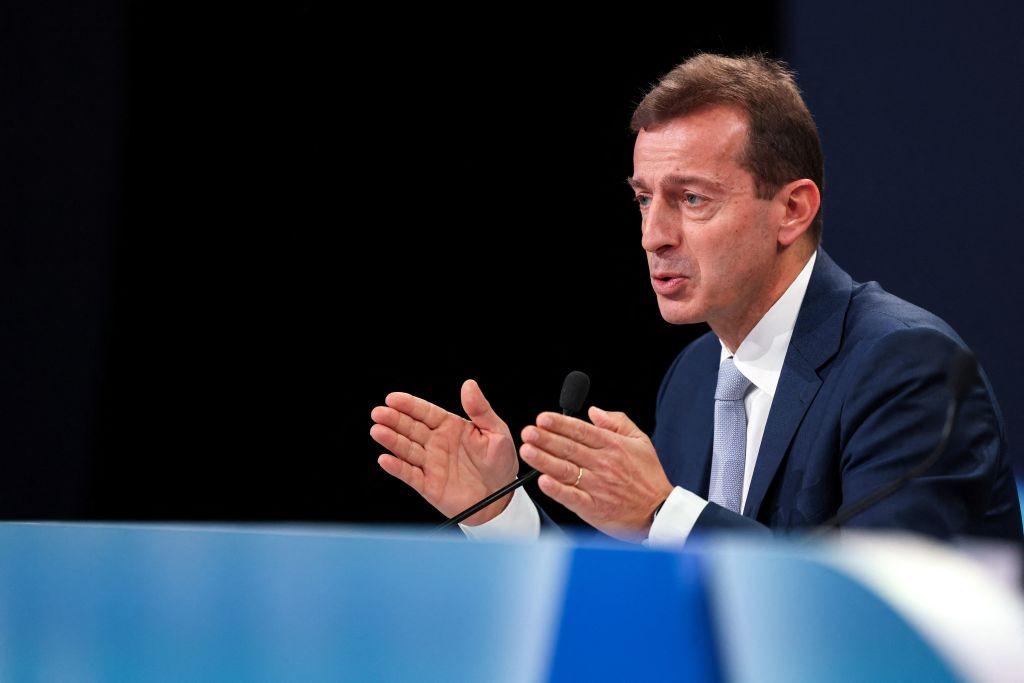
Credit: Charly Triballeau/AFP/Getty Images
TOULOUSE—With demand for widebodies returning forcefully, Airbus has decided to substantially increase production of the A330neo and A350, while working on the potential launch of an A330neo-based freighter. At the same time, narrowbody output targets have been revised downward as the supply chain...
Subscription Required
This content requires a subscription to one of the Aviation Week Intelligence Network (AWIN) bundles.
Schedule a demo today to find out how you can access this content and similar content related to your area of the global aviation industry.
Already an AWIN subscriber? Login
Did you know? Aviation Week has won top honors multiple times in the Jesse H. Neal National Business Journalism Awards, the business-to-business media equivalent of the Pulitzer Prizes.
